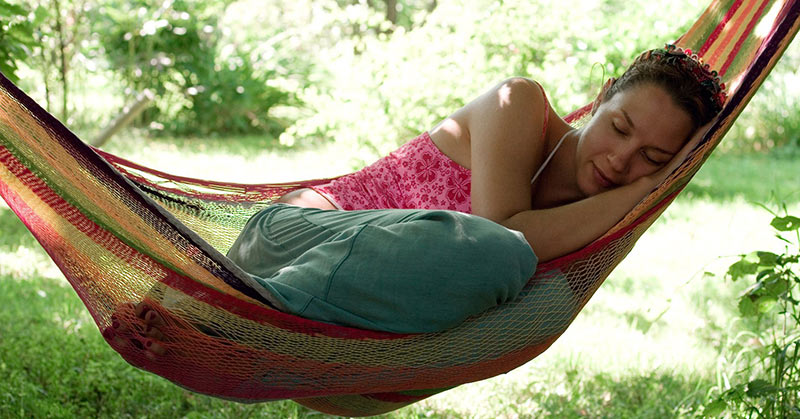Due to the numerous domestic duties, employment obligations, financial obligations, and other commitments that keep our schedules full, the majority of us typically don’t have time to nap in the afternoon.
Even on the best days, this can be very draining. Therefore, you should be aware that 34% of Americans take naps if you start to feel tired and run down in the middle of the day.
Some people think taking naps is juvenile and lazy, while others think they would ruin their nighttime sleep if they take them during the day. These are all stereotypes, however, as taking naps can be a beneficial strategy to make up for sleep shortfalls.
You may want to reevaluate your daily routine if you never take a nap and do not enjoy a mid-afternoon siesta. Napping is incredibly useful.
A 20 to 30 minute nap can significantly improve performance and restore alertness, according to the National Sleep Foundation. In addition, because it is brief, such a nap won’t interfere with nocturnal sleep and won’t leave you feeling groggy like it does after an extended nap.
According to a NASA research, military pilots and astronauts who slept for 40 minutes during their shifts performed 34% better and were 100% more awake.
Naps are a means to unwind and recharge, which helps to prevent burnout and enhances general health and wellbeing.
Find out more about: USC Researchers Discover How to Regenerate Entire Immune System in 72 Hours
An investigation published in 2010 in the journal Neurobiology of Learning and Memory examined whether daytime naps also enhance memory functions, notably associative memory, which is the capacity to connect seemingly unrelated items.
31 healthy volunteers took part in the study, and at midday they were given a learning task to memorize two sets of face-object photograph pairs. Although they were paired with different faces, the objects in each pair appeared in both sets.
The participants were split into two groups: those who napped during the day for 90 minutes and those who didn’t. Participants who napped displayed significantly improved associative memory retention at 4:30 p.m.
A 2006 study conducted at the Sleep Medicine and Research Center also revealed that caffeine and naps helped night employees perform better in their professions.
James K. Walsh, Ph.D., one of the researchers, stated that working the night shift might be difficult, even if you’ve gotten adequate sleep during the day, because of the body’s predisposition to sleep at night.
This is especially useful for those who spend a lot of time behind the wheel. Before getting back on the road, experts advise the motorist to stop, have a caffeinated beverage, and take a 20-minute siesta.
Additionally, naps on the timetable have been advised for those with narcolepsy.
Napping provides psychological advantages, making it a simple method for relaxing and revitalizing the body.
When you are learning a new skill, frequent naps are also beneficial. Participants were split into two groups in a 2006 study published in the journal Biological Physiology: those who napped regularly and those who napped infrequently.
Prior to a reading assignment, naps were offered to all participants. It was discovered that regular nappers performed better on the reading and retention challenge. Researchers discovered that people who regularly napped had greater motor learning consolidation in their brains, which is a step in learning a new skill.
There are several types of naps:
- Planned napping– This is a nap before you feel tired, usually before an event that you know will end late in the night, or it is only a way to ward off sleepiness before it comes.
- Emergency Napping– This is a nap in the afternoon when the energy dip strikes the hardest. It is useful for tired drivers or people who are operating dangerous equipment.
- Habitual Napping– Some people take a nap at the same time every day, for instance, after lunch.
Aim for a 20–30 minute snooze in the afternoon for optimal results. This snooze will increase your alertness without leaving you feeling drowsy.
There should be minimal noise, a pleasant temperature, and subdued lighting in the space.
However, keep in mind that sometimes it is not practical to take a quick sleep every day, even though its advantages cannot be disputed. Occasionally, naps can make you feel groggy and disoriented; this usually happens when they last longer than the advised 20 to 30 minutes. Additionally, taking naps might make sleep problems worse for those who struggle with them.
So, give it a shot and see what suits you the best. Rejoice if you’re one of those people who gets the most out of a quick nap. Science is on your side.
After reading this text you can also read about: Celery: Reduces Inflammation and Improves Joint Health



